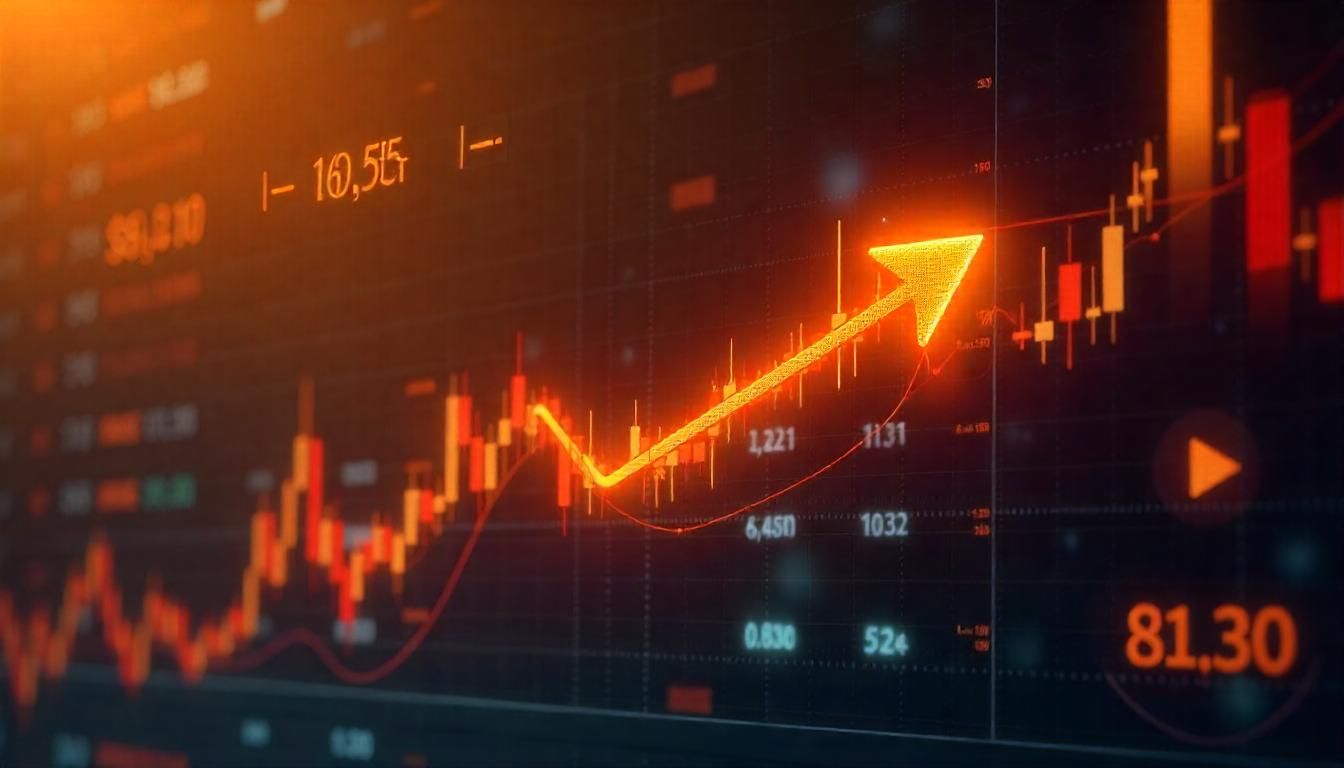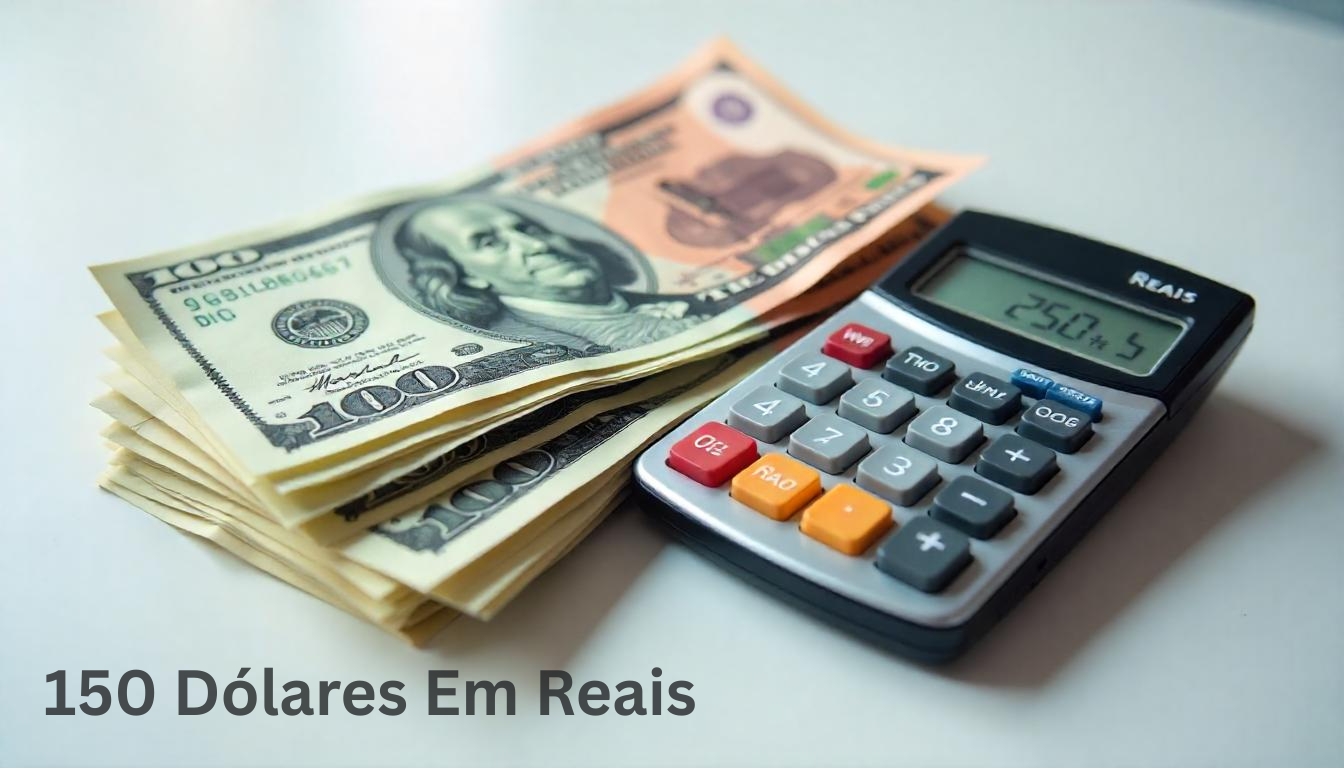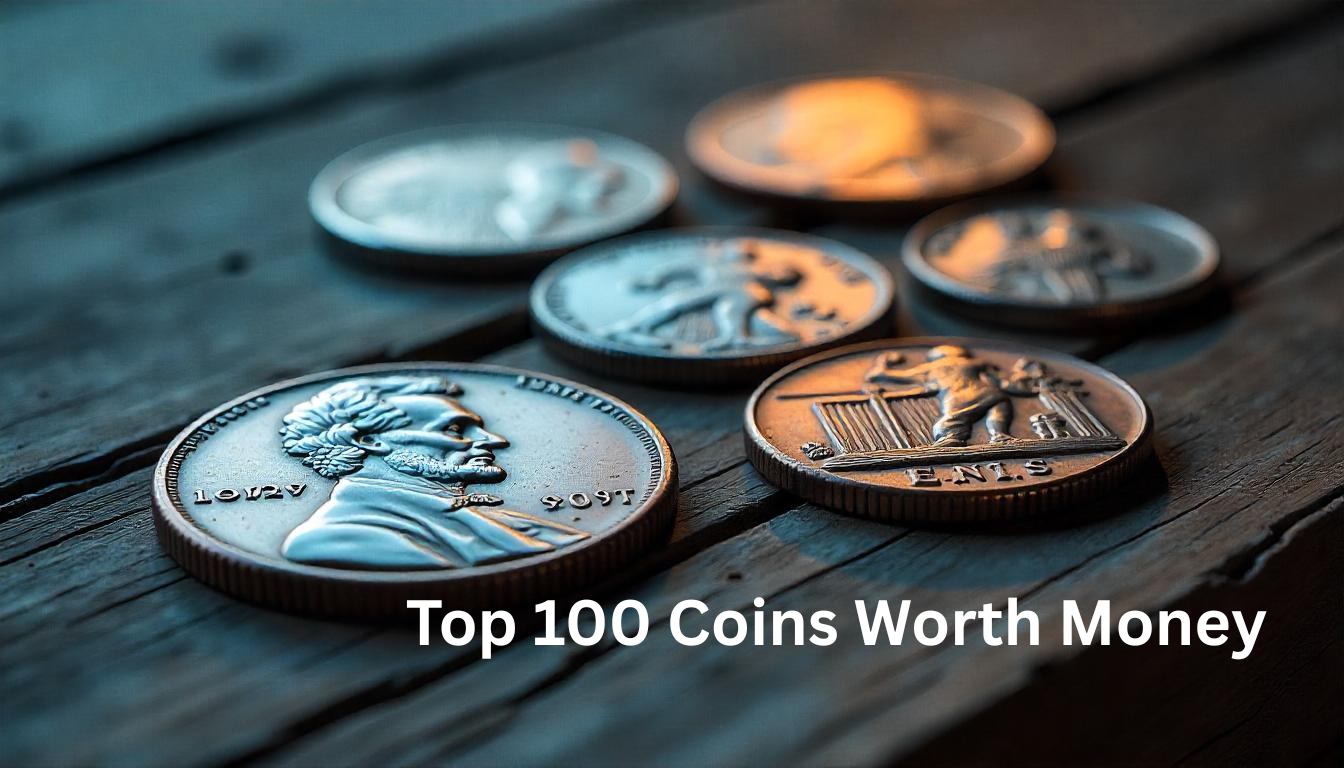In the fast-paced world of cryptocurrency, slippage is an important term that every trader should understand. Whether you’re new to crypto or a seasoned investor, navigating this phenomenon can significantly impact your trading experience. In this post, we will break down what slippage in crypto is, how it happens, and how you can minimize its effects to maximize your trading success.
What is Slippage Crypto?
Slippage in the crypto world refers to the difference between the expected price of a trade and the price at which the system executes the trade. This often happens because of changes in market conditions that occur between when you place an order and when you complete it.
In simple terms, when you buy or sell a cryptocurrency, the price can fluctuate within a fraction of a second between initiating the transaction and processing it. People call this discrepancy slippage.
In the volatile world of cryptocurrency, slippage is almost inevitable, but understanding how it works and how to manage it can help you become a more effective trader.
Why Does Slippage Happen in Crypto?
There are several reasons why slippage occurs in cryptocurrency markets. The primary factors include:
- Market Volatility: Cryptocurrencies are known for their high volatility, meaning prices can change rapidly within minutes or even seconds. If the market moves quickly between the time you place your order and when it’s filled, slippage is more likely to occur.
- Order Size: The larger your order, the more likely slippage will happen. In a market with lower liquidity, executing a large order can push the price up or down, causing slippage.
- Liquidity Issues: Low liquidity means there aren’t enough buy or sell orders at the price you want to execute your trade. This can result in slippage because the order may need to be filled at a different price to match your order’s size.
- Transaction Speed: Delays in processing your order can also contribute to slippage. For instance, if your order takes too long to process, the price may change while you’re waiting for execution.
- Market Maker and Taker Dynamics: Crypto exchanges often use a market maker/taker model. Market makers provide liquidity by placing orders, while market takers execute those orders. The price may shift due to this dynamic, leading to slippage.
Types of Slippage in Crypto
There are two main types of slippage that traders typically experience in the crypto market:
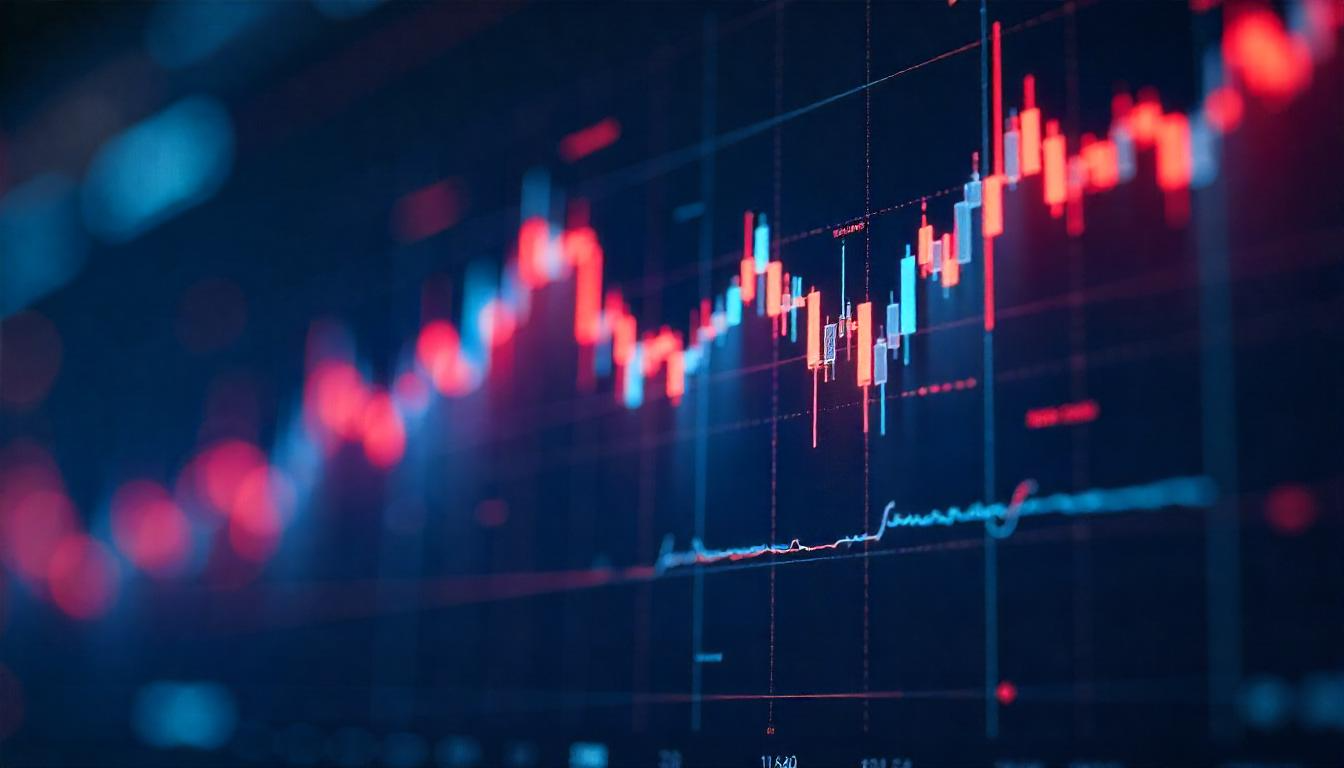
- Positive Slippage: This happens when the trade is executed at a better price than initially expected. For example, if you place an order to buy Bitcoin at $45,000, but the order fills at $44,900, you’ve experienced positive slippage. While rare, positive slippage can be beneficial for traders.
- Negative Slippage: This is the more common form of slippage, where the trade is executed at a worse price than expected. For instance, if you placed an order to buy Ethereum at $3,000, but the trade fills at $3,050, you’ve encountered negative slippage. This can result in unexpected losses or reduced profits.
How Slippage Affects Crypto Traders
Slippage can have a significant impact on your crypto trades, especially if you’re dealing with large orders or in volatile market conditions. Here’s how it can affect your trading:
- Increased Trading Costs: Even small amounts of slippage can add up over time, leading to increased costs for traders. For those who engage in frequent or high-volume trading, slippage can erode profits.
- Potential Loss of Profit: If you’re trying to buy or sell at a specific price point, slippage can result in you paying more than expected or receiving less when selling.
- Risk to Trading Strategies: For traders who rely on specific entry and exit points, slippage can undermine their strategies, leading to unplanned results. This is particularly true for high-frequency traders who operate with tight margins.
Real-Life Example of Slippage in Crypto
Let’s walk through a real-world example of slippage. Imagine you’re trading Bitcoin on a crypto exchange, and the current price is $45,000. You decide to place a market order to buy 1 Bitcoin. However, due to market volatility, by the time your order is processed, the price of Bitcoin has risen to $45,100.
As a result, you end up paying $100 more than you initially expected due to slippage. While this may seem like a small amount, on larger trades, this difference can become more significant, potentially impacting your overall profitability.
How to Minimize Slippage in Crypto
While slippage is sometimes unavoidable, there are strategies you can implement to minimize its effects. Here are some tips:
- Use Limit Orders: One of the most effective ways to avoid slippage is by using limit orders rather than market orders. With a limit order, you specify the exact price at which you want to buy or sell. If the market doesn’t meet your price, it won’t execute the order, thus preventing slippage. However, limit orders carry the risk of not being filled if the market price moves away from your desired price.
- Trade During Peak Liquidity Hours: Slippage is more likely to occur during periods of low liquidity. By trading during times when the market is more active, you increase your chances of having your order filled at the price you expect. For most major cryptocurrencies, the highest liquidity occurs during the overlap of the European and U.S. trading sessions.
- Break Up Large Orders: If you want to place a large order, consider breaking it up into smaller parts. This approach can reduce the impact of slippage, as smaller orders are more likely to execute at the expected price.
- Choose the Right Exchange: Some exchanges are more prone to slippage than others due to lower liquidity or slow transaction speeds. It’s important to choose a reliable exchange that offers fast execution speeds and sufficient liquidity. Popular exchanges like Binance, Coinbase, and Kraken tend to have higher liquidity and better execution.
- Monitor Market Conditions: Keeping an eye on the market’s volatility can help you avoid placing orders during periods of intense price movement. Using tools like volatility indicators or tracking news events can give you an edge in timing your trades.
Should You Be Concerned About Slippage?
For the average trader, slippage can be an annoyance, but it’s not something to overly stress about. It’s just another part of trading in a volatile market. However, for those making large trades or following highly specific trading strategies, slippage can have a more pronounced impact, and managing it becomes crucial.
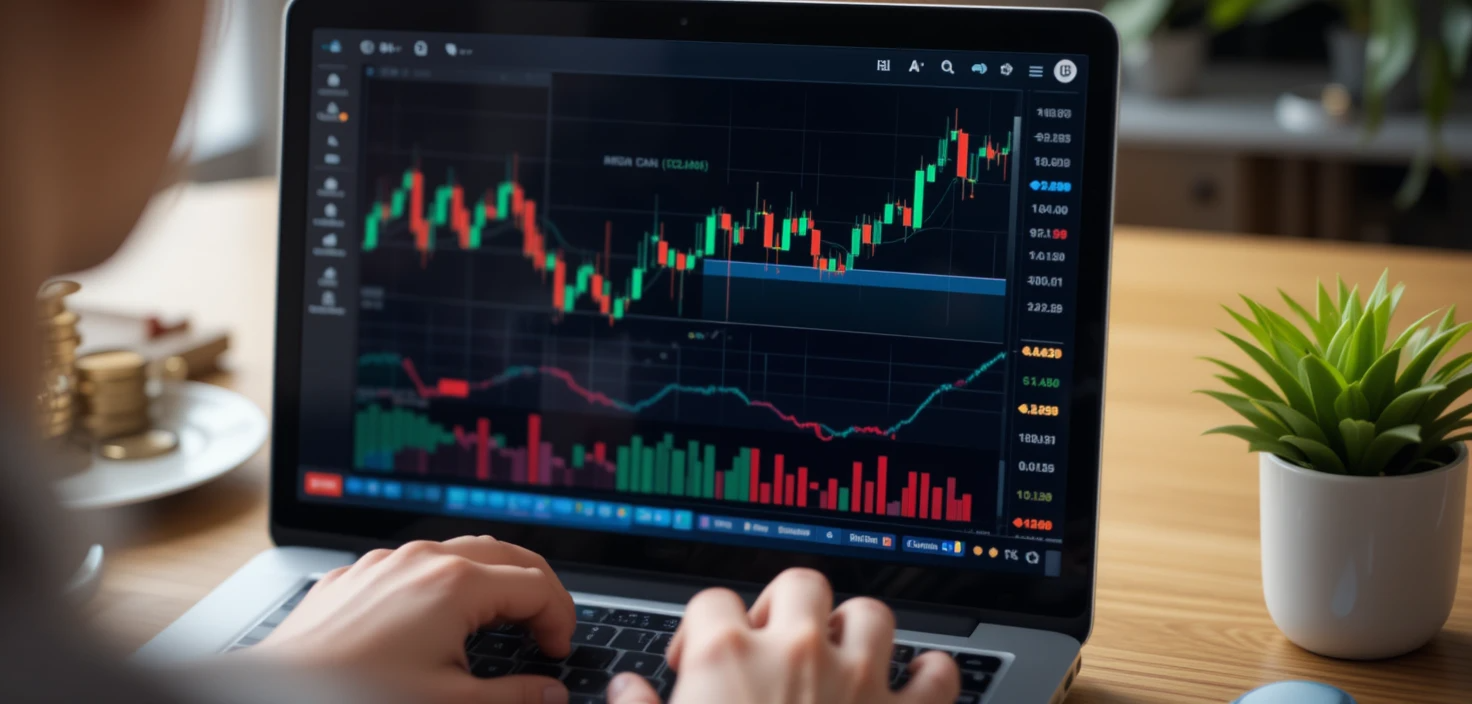
Being proactive and understanding what slippage in crypto is will give you an edge when navigating the crypto markets. Whether you’re trading Bitcoin, Ethereum, or altcoins, recognizing slippage risks and minimizing their effects can lead to better trade outcomes.
Frequently Asked Questions
What is Slippage in Crypto?
Slippage in crypto refers to the difference between the expected price of a trade and the actual price at which the trade is executed. This usually happens due to market fluctuations between the time the order is placed and the time it is filled.
How does slippage affect crypto traders?
Slippage can increase trading costs, reduce profits, and interfere with trading strategies. It’s particularly noticeable in volatile markets and can be more significant for larger trades or during periods of low liquidity.
What is the difference between positive and negative slippage?
Positive slippage occurs when a trade is executed at a better price than expected, while negative slippage happens when the trade is filled at a worse price than anticipated. Most traders experience negative slippage, especially in volatile markets.
Does slippage only happen with large orders?
No, slippage can happen with both small and large orders. However, large orders are more likely to cause significant slippage, especially in markets with lower liquidity.
How can I reduce slippage in crypto?
You can reduce slippage by using limit orders, trading during peak liquidity hours, monitoring market volatility, and using exchanges with higher liquidity. Also, setting slippage tolerance limits can help prevent excessive slippage from occurring.
Is slippage worse during market volatility?
Yes, slippage is typically more pronounced during periods of high market volatility. When prices fluctuate rapidly, the difference between the expected and actual price of a trade can be larger, leading to higher slippage.
Final Thoughts
Now that you know what slippage in crypto is, it’s time to take control of your trading strategy. Slippage can’t always be avoided, but with the right tools and strategies, you can reduce its impact and protect your profits.
By using limit orders, trading at optimal times, and monitoring market conditions, you can minimize slippage and ensure more favorable trading outcomes. Don’t let slippage catch you off guard—be prepared and make informed decisions.


